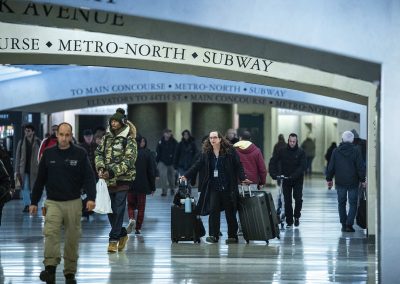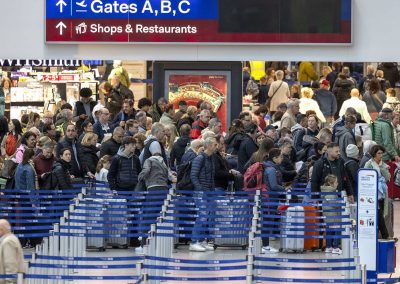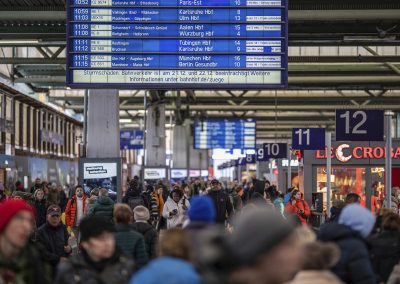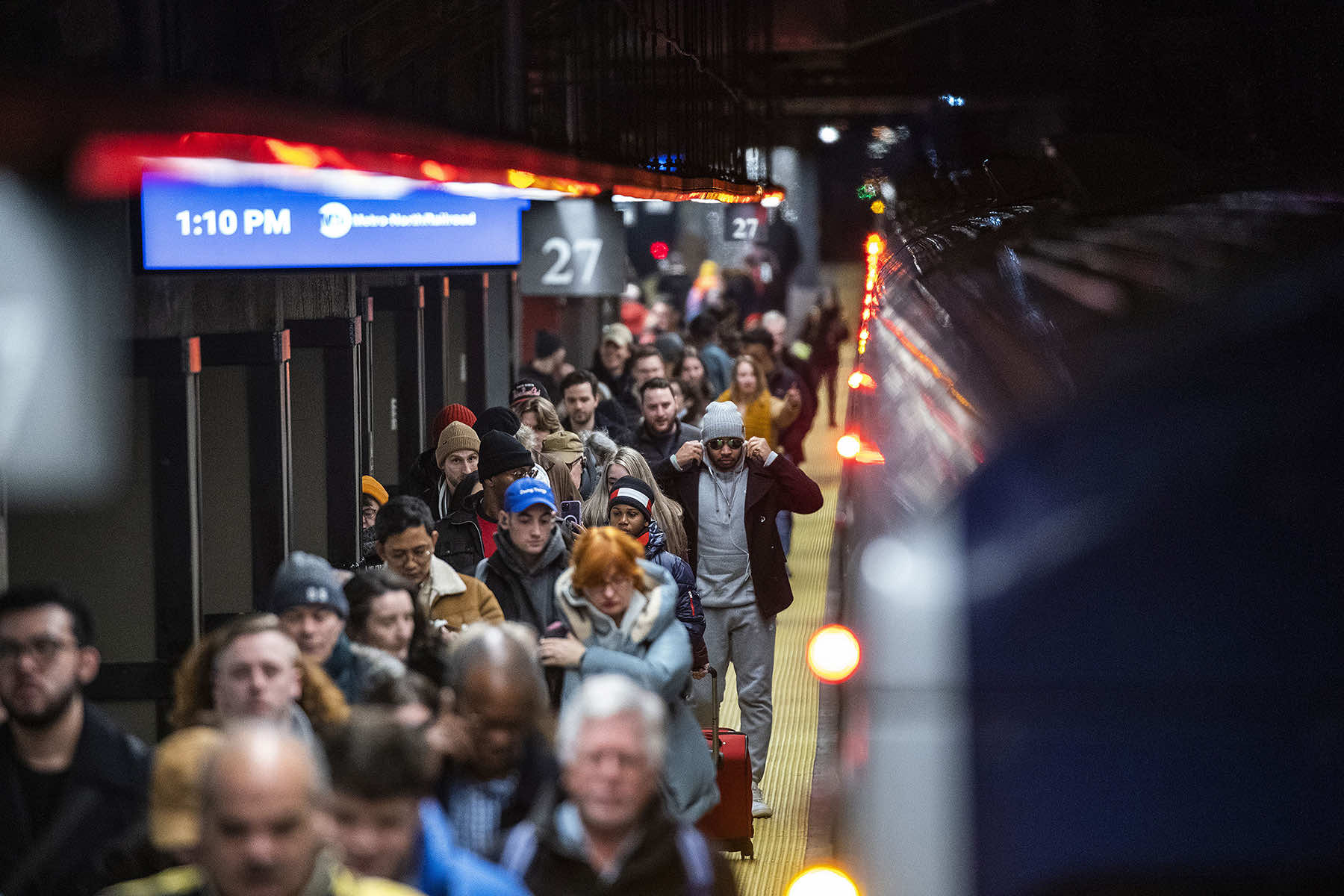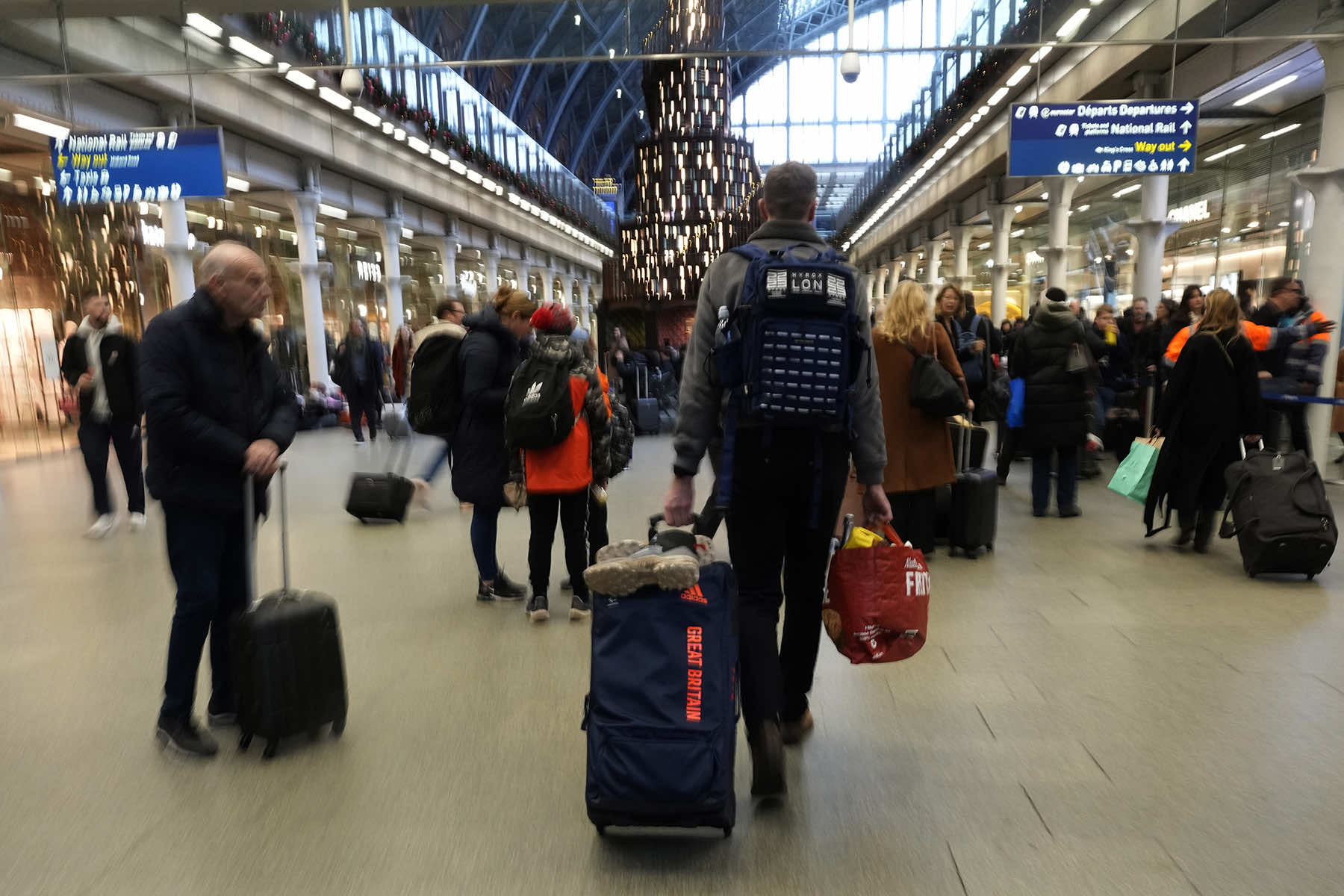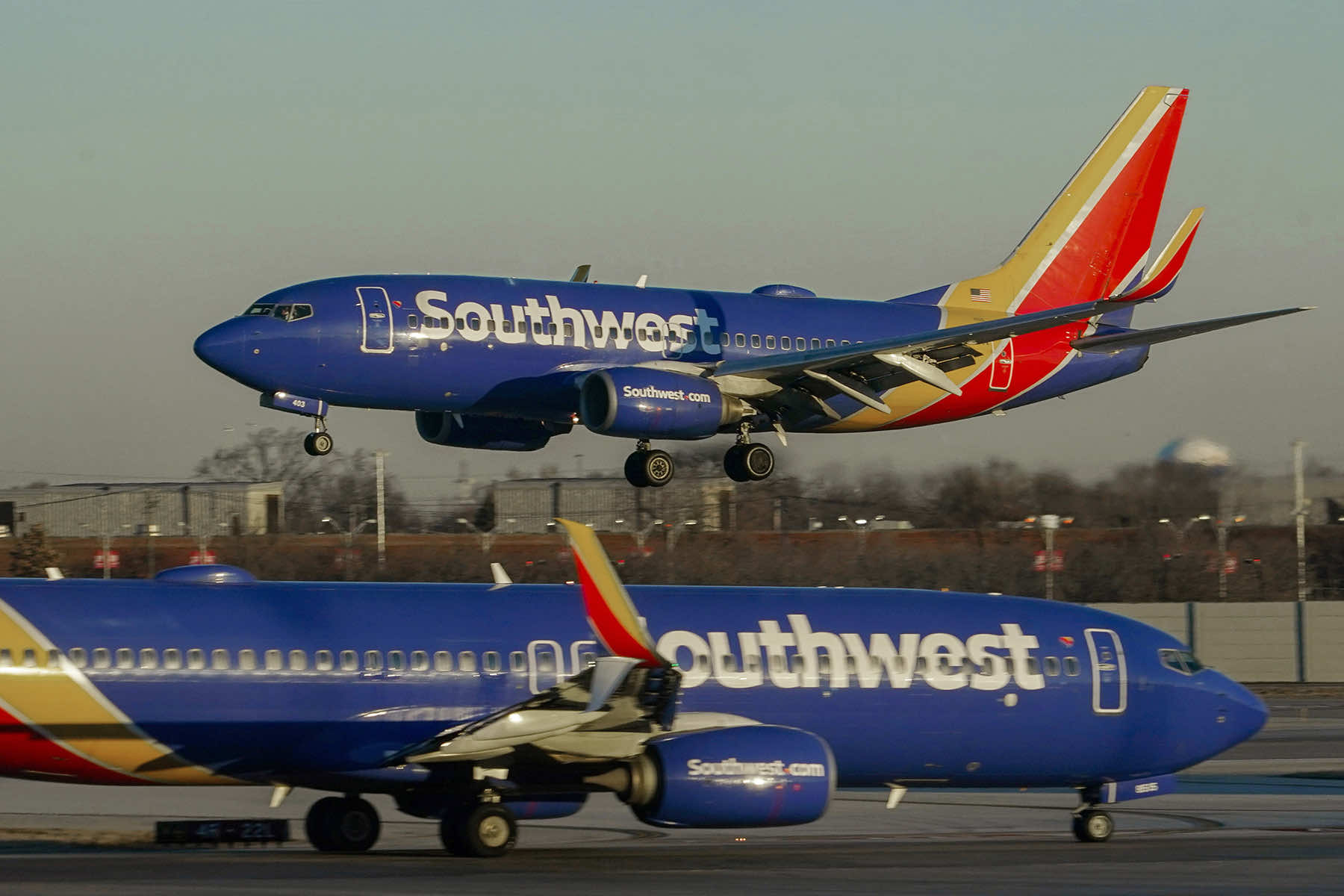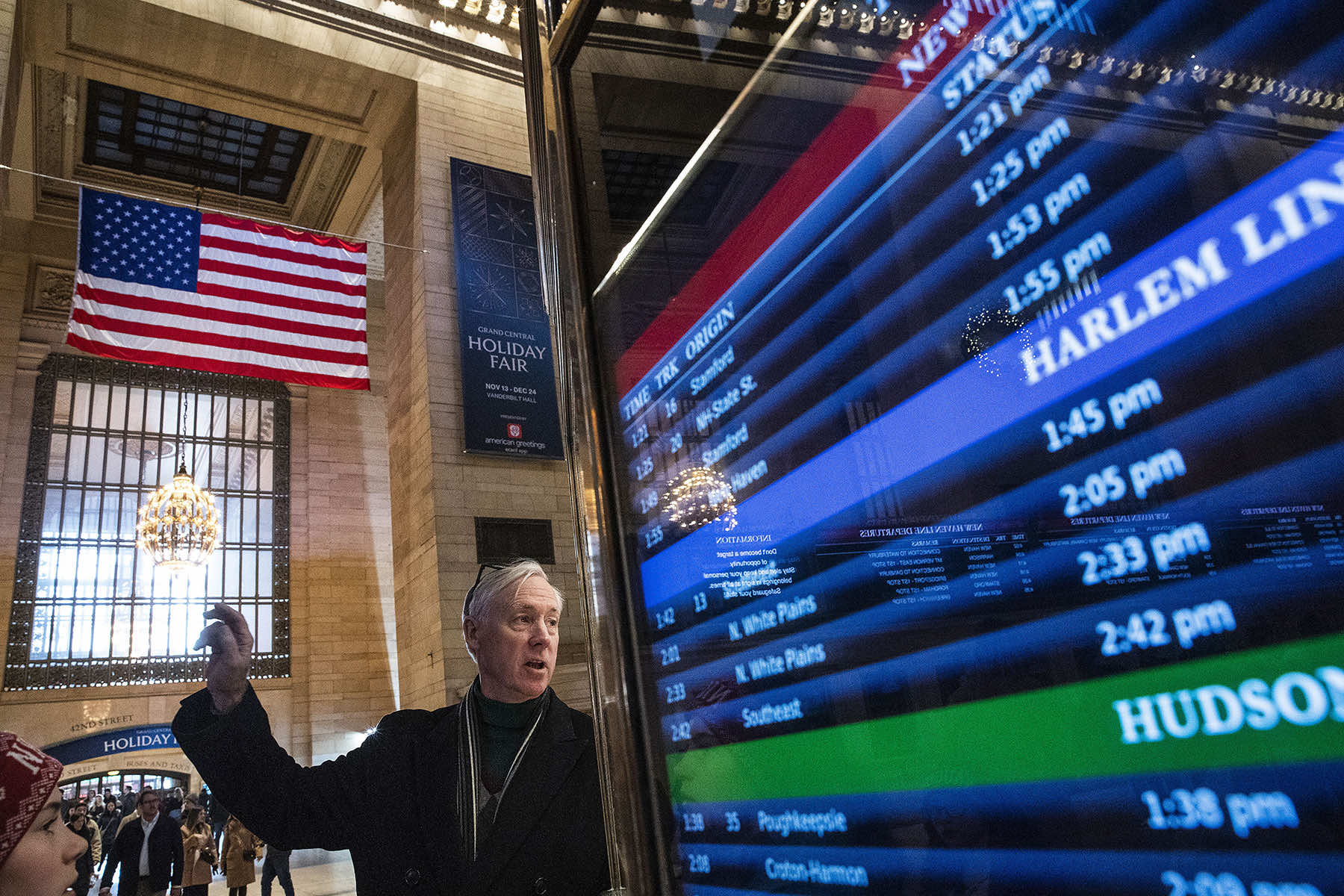
The holiday travel rush hit its peak on December 22 as mild weather and lower flight cancelation rates raised hopes for merrier drivers and airline passengers than last year.
U.S. airlines are predicting a blockbuster holiday season and have projected confidence they can handle the crowds after hiring thousands of pilots, flight attendants and other workers, seeking to avoid the delays and suspensions that marred travel last year and culminated with the Southwest Airline debacle that stranded more than 2 million people.
Airlines have canceled just 1.2% of U.S. flights so far this year, the lowest in five years, but bad weather is always a threat. Transportation Secretary Pete Buttigieg has warned the government will be holding the airlines accountable to operate smoothly and treat passengers well if there are disruptions.
Transportation Department announced a settlement in which Southwest will pay $140 million for its meltdown last year. Fewer than 50 flights were canceled in the U.S. on December 22, and about 1,200 were delayed, according to FlightAware.
Auto club AAA forecasts that 115 million people in the U.S. will go 50 miles or more from home between December 23 and New Year’s Day. That’s up 2% over last year. The busiest days on the road will be December 23 and December 28, according to transportation data provider INRIX.
The Transportation Security Administration screened more than 2.6 million passengers on December 21, which had been projected to be one of the busiest travel days, along with December 22 and New Year’s Day. That’s short of the record 2.9 million that agents screened on December 24 after Thanksgiving, since travel tends to be more spread over Christmas and New Year’s.
Travel has been strong this year, surpassing pre-pandemic levels, even though many Americans say they are worried about the economy. The TSA has already screened 12.3% more travelers than it had by this time last year and 1.4% more than in 2019.
Inflation has cooled off a bit, and travelers were helped by lower average gas prices and airfares.
The nationwide gas price average on December 22 was $3.13 a gallon, down 15 cents from a month ago and about 3 cents more than this time last year, according to AAA. Average fares in October were 13% lower than a year earlier, according to the government’s latest data.
Internationally, air travel has also rebounded, though it remains below pre-pandemic levels. Airlines have sold 31% more tickets for international arrivals to global destinations between December 21 and December 31 compared to the similar period last year, according to travel data firm FowardKeys.

